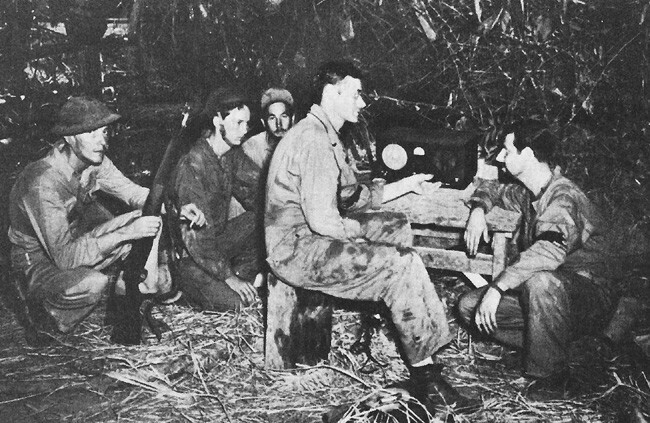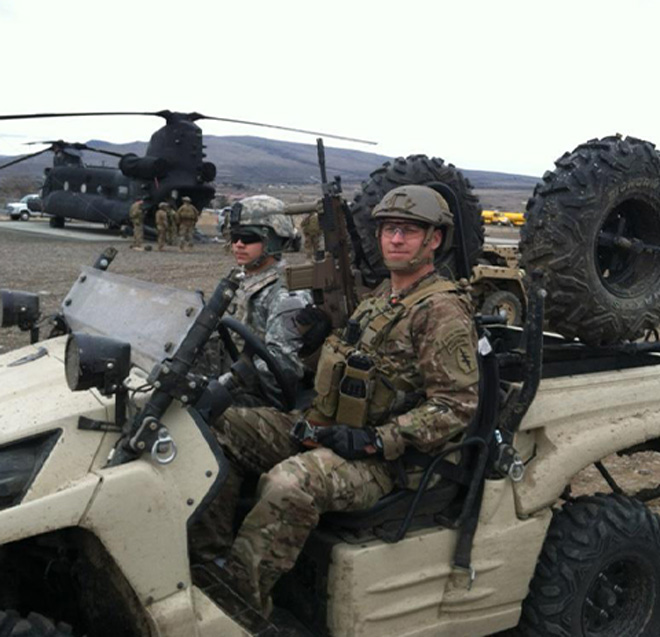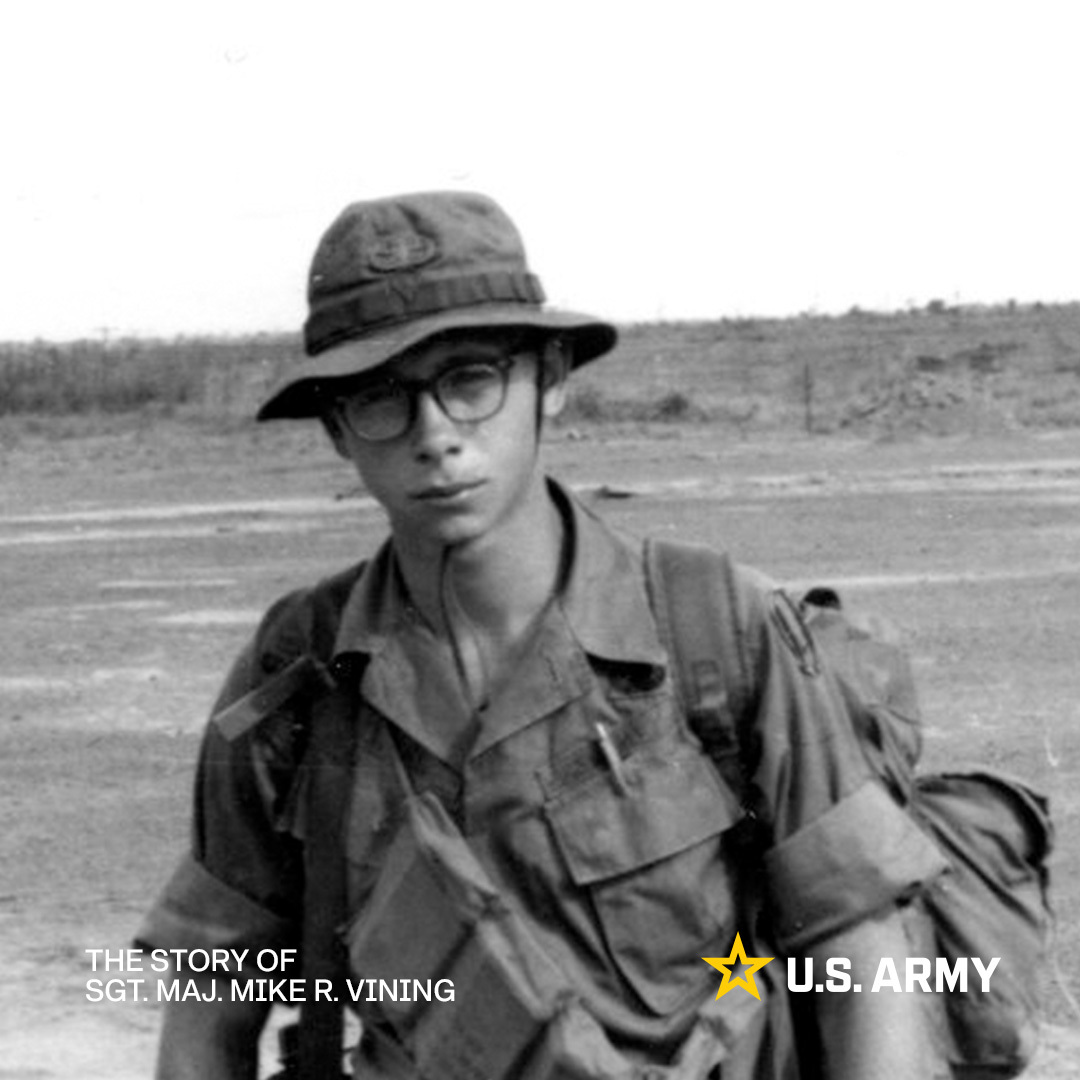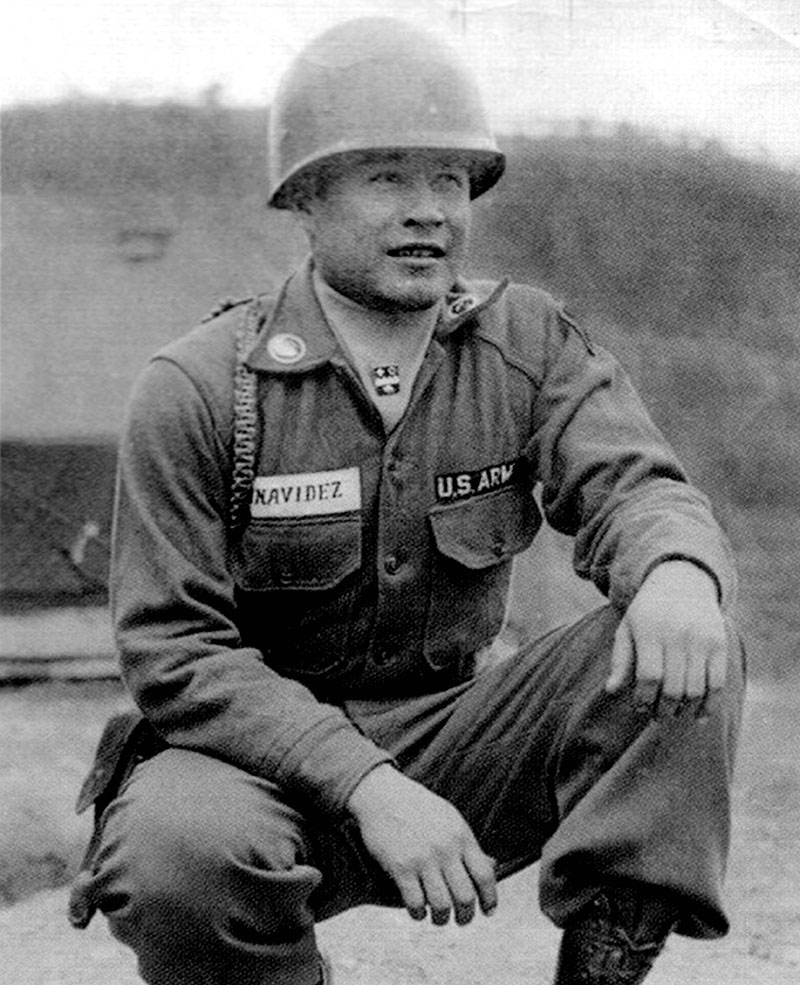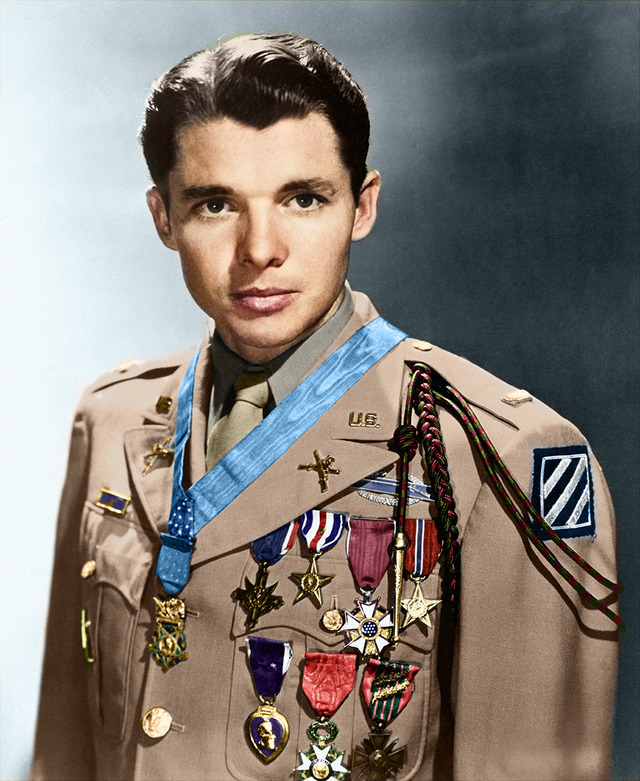To kick off #HispanicHeritageMonth, lets look at a Soldier who went above and beyond the call of duty.
#MedalofHonor Recipient: Sergeant First Class Leroy A. Petry
Learn more of his story at go.usa.gov/xGXbm
#MedalofHonor Recipient: Sergeant First Class Leroy A. Petry
Learn more of his story at go.usa.gov/xGXbm

Staff Sgt. Leroy A. Petry distinguished himself by acts of gallantry and intrepidity at the risk of his life above and beyond the call of duty.
#HispanicHeritageMonth #MoH
#HispanicHeritageMonth #MoH

On May 26, 2008. As a Weapons Squad Leader with D Company, 2nd Battalion, 75th Ranger Regiment, Staff Sgt. Petry moved to clear the courtyard of a house that potentially contained high-value combatants.
#HispanicHeritageMonth #MoH
#HispanicHeritageMonth #MoH
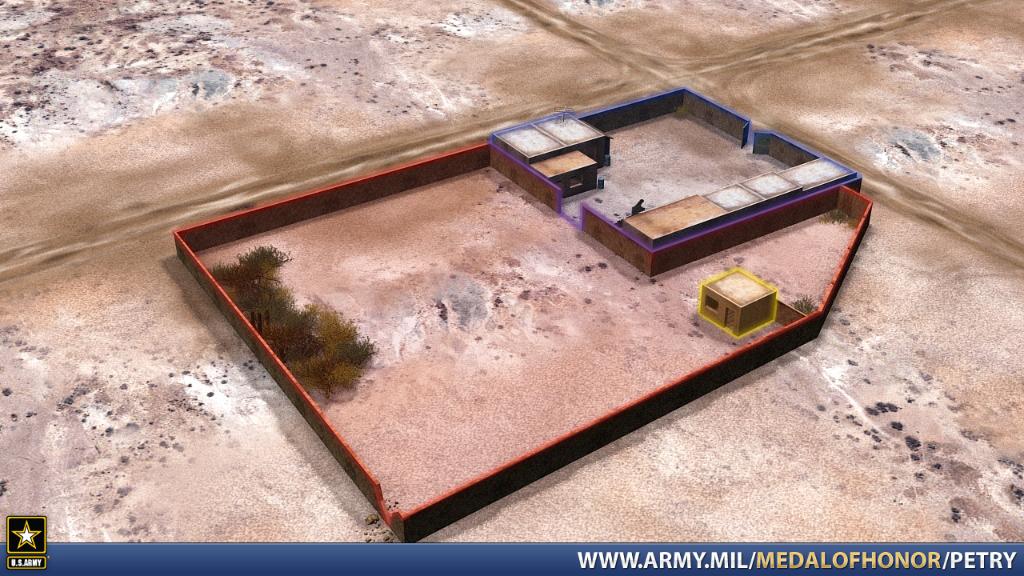
While crossing the courtyard, Staff Sgt. Petry and another Ranger were engaged and wounded by automatic weapons fire from enemy fighters.
Still under enemy fire, and wounded in both legs, Staff Sgt. Petry led the other Ranger to cover.
#HispanicHeritageMonth #MoH
Still under enemy fire, and wounded in both legs, Staff Sgt. Petry led the other Ranger to cover.
#HispanicHeritageMonth #MoH

He then reported the situation and engaged the enemy with a hand grenade, providing suppression as another Ranger moved to his position.
The enemy quickly responded by maneuvering closer and throwing grenades.
#HispanicHeritageMonth #MoH
The enemy quickly responded by maneuvering closer and throwing grenades.
#HispanicHeritageMonth #MoH

The first grenade explosion knocked his two fellow Rangers to the ground and wounded both with shrapnel.
#HispanicHeritageMonth #MoH
#HispanicHeritageMonth #MoH

A second grenade then landed only a few feet away from them.
Instantly realizing the danger, Staff Sergeant Petry, unhesitatingly and with complete disregard for his safety, deliberately and selflessly moved forward and picked up the grenade.
#HispanicHeritageMonth #MoH
Instantly realizing the danger, Staff Sergeant Petry, unhesitatingly and with complete disregard for his safety, deliberately and selflessly moved forward and picked up the grenade.
#HispanicHeritageMonth #MoH

In an effort to clear the immediate threat, threw the grenade away from his fellow Rangers.
As he was releasing the grenade, it detonated, amputating his right hand at the wrist and further injuring him with multiple shrapnel wounds.
#HispanicHeritageMonth #MoH
As he was releasing the grenade, it detonated, amputating his right hand at the wrist and further injuring him with multiple shrapnel wounds.
#HispanicHeritageMonth #MoH

Staff Sgt. Leroy A. Petry re-enlisted in May 2010.
Petry enjoys serving in the Army, and has a great opportunity to work with the care coalition; in his words, "If I can’t go to the fight, I can help the men who are wounded, injured or ill."
#HispanicHeritageMonth #MoH
Petry enjoys serving in the Army, and has a great opportunity to work with the care coalition; in his words, "If I can’t go to the fight, I can help the men who are wounded, injured or ill."
#HispanicHeritageMonth #MoH

• • •
Missing some Tweet in this thread? You can try to
force a refresh





